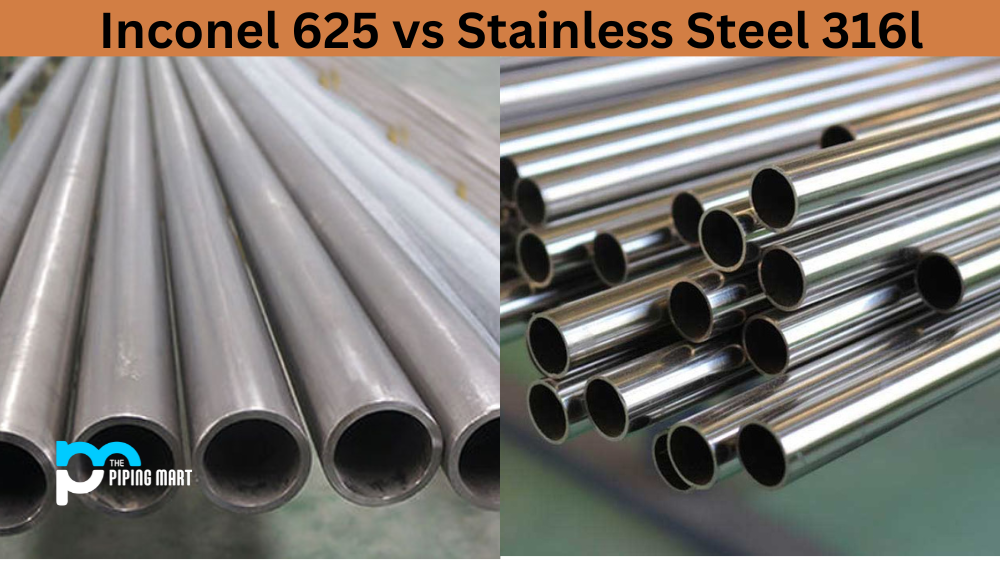A duplex pipe is made up of two different materials, usually stainless steel and carbon steel. It’s a popular choice for the construction of pipelines because it’s strong and resistant to corrosion. But if you want to use a duplex pipe in your project, you must know how to weld it properly. Read on for a step-by-step guide on how to weld duplex pipes.
Preparation is Key
The first step in welding any kind of pipe is preparation. You need to ensure that the area you are working in is clean and free from debris, such as dirt, rust, or other contaminants that could weaken the weld joint. You should also check that the pipes are lined up correctly and that there are no gaps between them. Once done, you can start welding!
Welding Process
When welding duplex pipes, it’s important to choose the right welding process for the job. For example, suppose your pipeline is subject to high temperatures or corrosive environments. You might consider using tungsten inert gas (TIG) welding or shielded metal arc welding (SMAW). TIG welding uses an electric arc with a non-consumable tungsten electrode, while SMAW uses an electric arc with a consumable metal electrode. Both processes create an intense heat source that melts the metals together to form a strong bond between them.
For most applications, however, flux-cored arc welding (FCAW) is the preferred method for duplex pipe welding. This process involves feeding a continuous wire through a gun that heats up and melts both metals. This creates an even stronger weld than either TIG or SMAW because it allows for more material filler between the two pieces being joined together. It also requires less time and skill than other welding methods, so beginner welders can also use it!
Post Weld Cleanup
Once you have finished your weld joint, it’s important to perform post-weld cleanup tasks such as grinding down any excess material from around the joint and removing any slag that may have accumulated during the process. This will help ensure that your final product looks professional and will last longer over time due to its improved integrity.
Conclusion:
Welding duplex pipe requires knowledge of different processes and careful preparation before beginning each job. When done correctly, however, it can result in durable weld joints that will last a long time—no matter what environment they’re subjected to! By following these steps closely, you’ll be able to confidently create strong bonds between two pieces of duplex pipe easily – making sure your pipeline projects run smoothly and successfully every time!

Meet Bhavesh, a seasoned blogger with a wealth of knowledge and experience. From metal products manufacturing to retail, Bhavesh has a diverse background in various industries and is dedicated to sharing his insights and expertise with readers.




